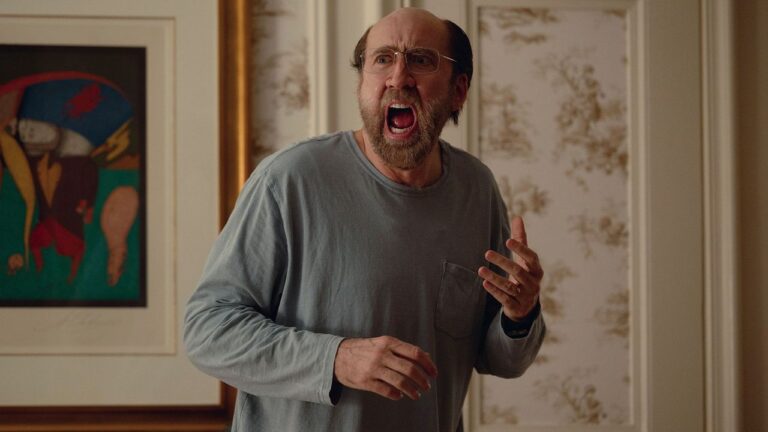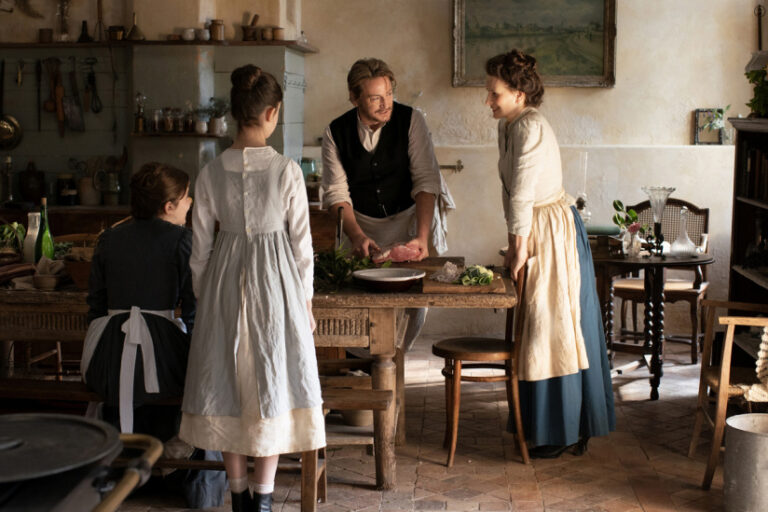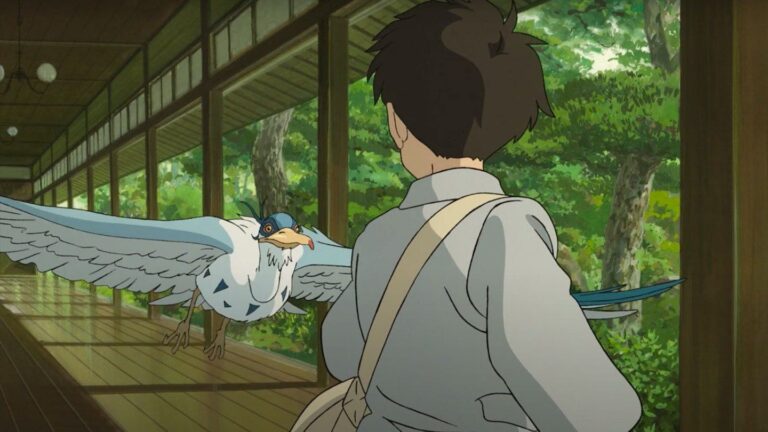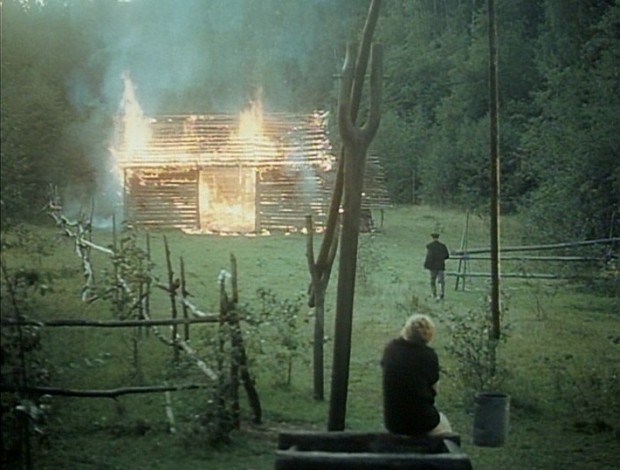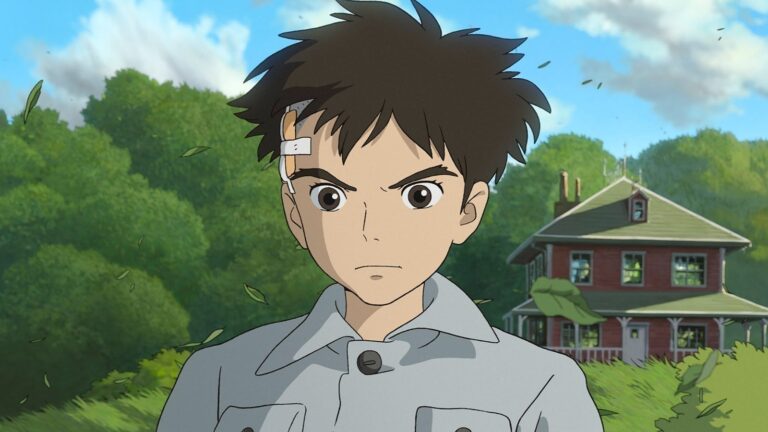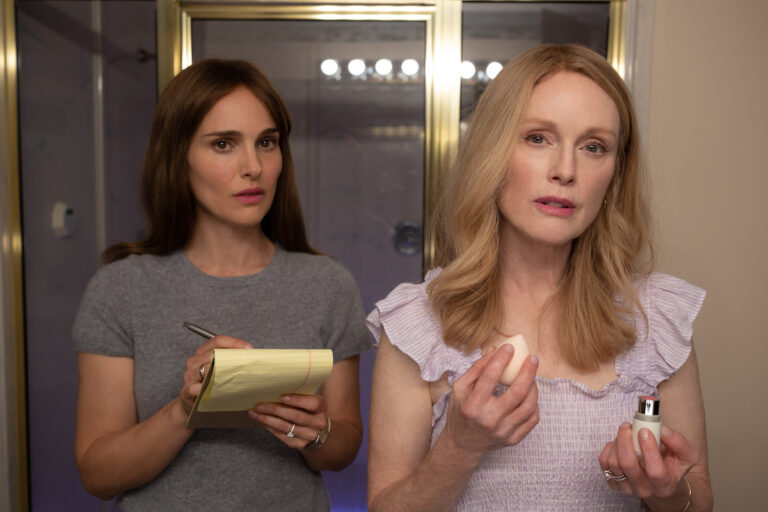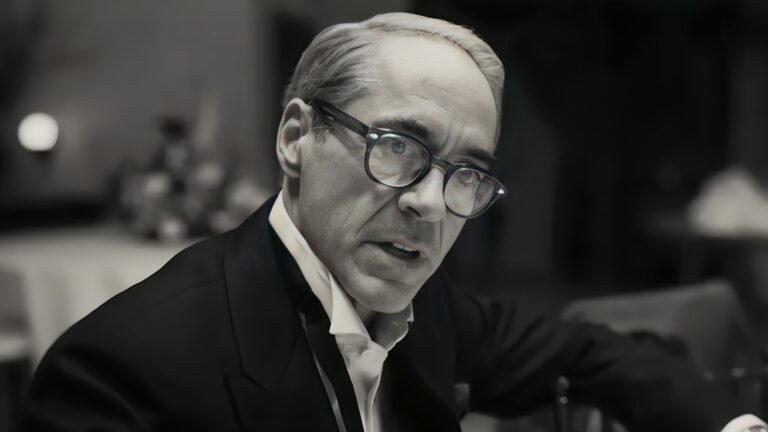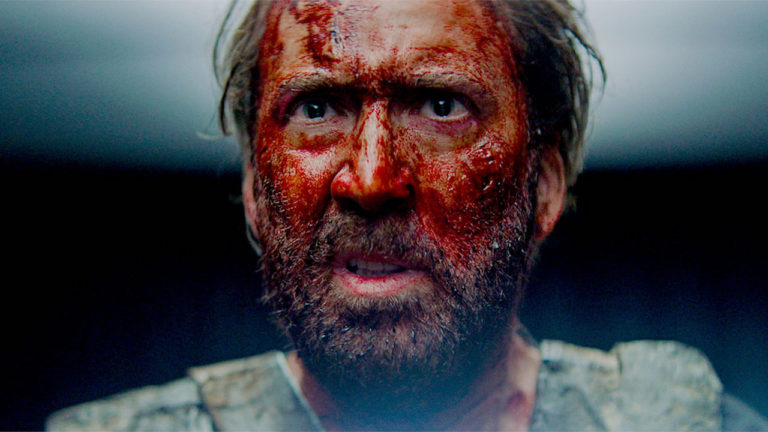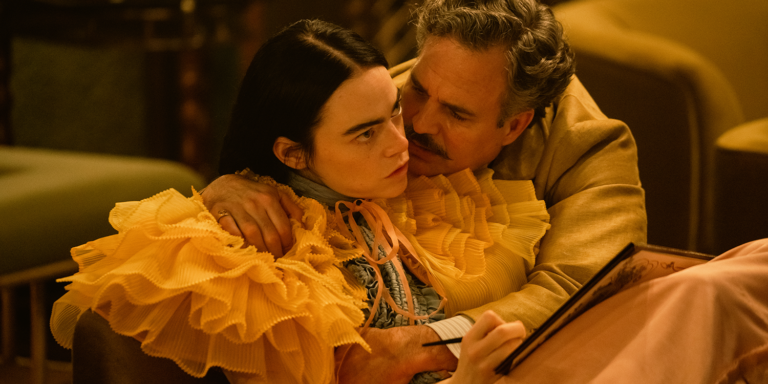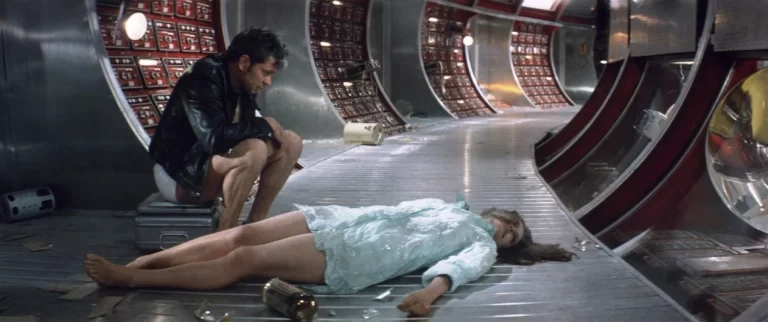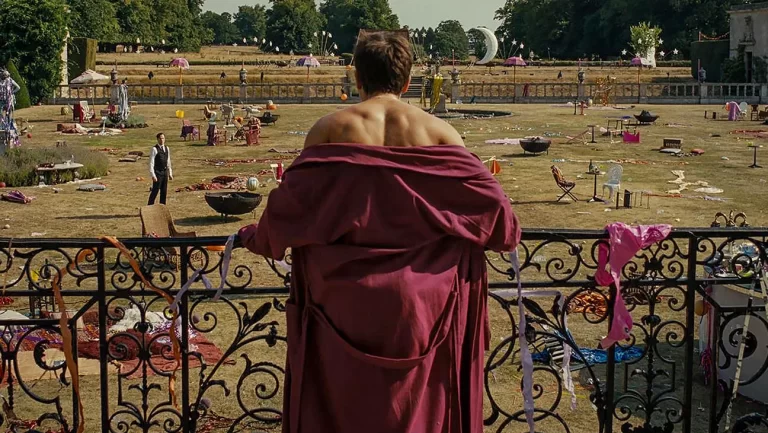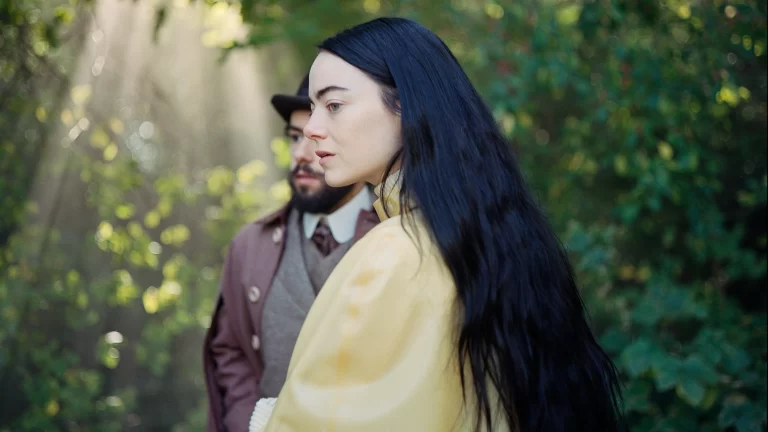The 2024 Golden Globe Nominations have been announced, and overall it’s one of the best we’ve seen from Hollywood Foreign Press Association (HFPA). The Color Purple missing in Picture, Comedy or Musical does sting a little bit, but overall they did a great job. Celine Song getting in for Director is very exciting. Same with Greta Lee and her nomination for Best Actress. Original Score absolutely rules. One of, if not, the best lineups we’ve ever seen at the Globes. Joaquin Phoenix getting in for Beau is Afraid is a huge surprise, and perhaps ironic since he’s funnier in Ridley Scott’s Napoleon. There is much more to say, so stay tuned as we’ll have more in the coming days and weeks, but this is a great crop of nominees despite a few notable snubs.
Here are the film nominees in each category.
Best Motion Picture, Drama
Oppenheimer
Killers of a Flower Moon
Maestro
Past Lives
The Zone of Interest
Anatomy of a Fall
Best Motion Picture, Comedy or Musical
Barbie
Poor Things
American Fiction
The Holdovers
May December
Air
Best Director, Motion Picture
Bradley Cooper, Maestro
Yorgos Lanthimos, Poor Things
Greta Gerwig, Barbie
Christopher Nolan, Oppenheimer
Martin Scorsese, Killer of the Flower Moon
Celine Song, Past Lives
Best Performance by an Actor in a Motion Picture, Drama
Bradley Cooper, Maestro
Cillian Murphy, Oppenheimer
Leonardo DiCaprio, Killers of the Flower Moon
Colman Domingo, Rustin
Andrew Scott, All of Us Strangers
Barry Keoghan, Saltburn
Best Performance by an Actor in a Motion Picture, Musical or Comedy
Nicolas Cage, Dream Scenario
Timothée Chalamet, Wonka
Matt Damon, Air
Paul Giamatti, The Holdovers
Joaquin Phoenix, Beau Is Afraid
Jeffrey Wright, American Fiction
Best Performance by an Actress in a Motion Picture, Drama
Lily Gladstone, Killers of the Flower Moon
Carey Mulligan, Maestro
Sandra Hüller, Anatomy of a Fall
Annette Bening, Nyad
Greta Lee, Past Lives
Cailee Spaeny, Priscilla
Best Performance by an Actress in a Motion Picture, Comedy or Musical
Fantasia Barrino, The Color Purple
Jennifer Lawrence, No Hard Feelings
Natalie Portman, May December
Alma Pöysti, Fallen Leaves
Margot Robbie, Barbie
Emma Stone, Poor Things
Best Performance by an Actor in a Supporting Role in a Motion Picture
Willem Dafoe, Poor Things
Robert DeNiro, Killers of the Flower Moon
Robert Downey Jr., Oppenheimer
Ryan Gosling, Barbie
Charles Melton, May December
Mark Ruffalo, Poor Things
Best Performance by an Actress in a Supporting Role in a Motion Picture
Emily Blunt, Oppenheimer
Danielle Brooks, The Color Purple
Jodie Foster, Nyad
Julianne Moore, May December
Rosamund Pike, Saltburn
Da’vine Joy Randolph, The Holdovers
Best Screenplay, Motion Picture
Greta Gerwig and Noah Baumbach, Barbie
Tony MacNamara, Poor Things
Christopher Nolan, Oppenheimer
Eric Roth and Martin Scorsese, Killers of the Flower Moon
Celine Song, Past Lives
Justine Triet and Arthur Harari, Anatomy of a Fall
Best Original Score, Motion Picture
Jerskin Fendrix, Poor Things
Ludwig Göransson, Oppenheimer
Joe Hisaishi, The Boy and the Heron
Mica Levi, The Zone of Interest
Daniel Pemberton, Spider-Man: Across the Spider-Verse
Robbie Robertson, The Killers of a Flower Moon
Best Original Song, Motion Picture
“Addicted to Romance,” She Came to Me
“Dance the Night,” Barbie
“I’m Just Ken,” Barbie
“Peaches,” Super Mario Bros.
“Road to Freedom,” Rustin
“What Was I Made For,” Barbie
Best Foreign Language Film
Anatomy of a Fall
Fallen Leaves
Io Capitano
Past Lives
Society of the Snow
The Zone of Interest
Best Animated Feature Film
The Boy and the Heron
Elemental
Spider-Man: Across the Spider-Verse
The Super Mario Bros. Movie
Suzume
Wish
Cinematic and Box Office Achievement in Motion Pictures
Barbie
Guardians of the Galaxy Vol. 3
John Wick: Chapter 4
Mission: Impossible – Dead Reckoning Part 1
Oppenheimer
Spider-Man: Across the Spider-Verse
The Super Mario Bros. Movie
Taylor Swift: The Eras Tour




